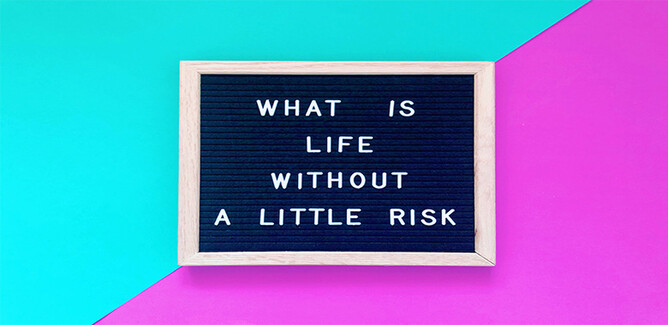Where do you think effective mission activity will go from here, in 2020, and beyond? There is no point rehearsing the tired news of COVID-19 that is impacting us all. Most of us want to know what steps are needed for recovery, to move forward. That is a question for businesses, I’m sure, for educators and even churches. But what about missions? Where do you see missionary activity going?
The forward progression, as I see it, hinges on a simple question of risk. Risk, which is exposure to dangers and losses, seems inherent in mission activity. And risk has roughly three general approaches to it. Those three points are illustrated by guns, baths and trees.
High Risk: Jim Elliot and a loaded gun that was not used. If anyone showed us extrema risk-taking for the sake of the gospel, it is Jim Elliot and four others, who were speared to death in Palm Beach in Auca territory in 1956. Jim was “no fool to give up what he could not keep, to gain that which he could not loose”. Those five missionaries knew the risk, and even had a loaded rifle to protect themselves. But, they had made a conscious choice beforehand to not use rifle on anything other than animal threats. Auca took their lives. Was the high and known risk worth it? Some would say they have spawned an urgency and impetus for missions ever since. In the high-risk category would be Hudson Taylor, Paul the Apostle, Brother Andrew and others facing peril, often. Those who take this level of risk for the gospel may see heaven sooner than later, but leave a legacy similar to the early church, as noted by Tertullian, that “the blood of the martyrs is the seed of the church”.
Medium Risk: Dr. Paul Brand and a hot bath. At one point in his extensive mission work amongst lepers, he took hot baths to make sure pain was being sensed. (The Gift of Pain, page 10). A lack of pain was a sure sign of leprosy, along with changes on his skin. Though not a likely contagion, leprosy carries risk, and Dr Brand knew that he was always exposed to this and other dangers. This level of risk is more suited to us, in general. We know there are risks in the places we travel and people we interact with, and we take precautions and we do our best to serve because the need is urgent. Examples might be C. T. Studd and Lottie Moon and William Carey. Let’s not forget Martin Luther writing during the end of the Black Death Plague that killed some 30% of Europeans.
Minimal Risk: Jonah and his shade tree. If any book of the Bible speaks to the question of missions during the present crisis, it is Jonah. This self-serving prophet illustrates for us that a fearful apathy and self-preservation is possible. No risk. All about me. On top of that, the need was great. 120,000 people needed to hear the good news. Jonah started off by running away, but eventually (reluctantly) completed his task. What is telling in the life of Jonah is the dialogue of Chapter 4, where the Lord provides a gracious shade plant in 4:5-11. Jonah is far more concerned about his own shade than the people of Nineveh. His needs took precedence over the realities around him. Let’s pray that we do not fall into the trap of justifying personal comfort, void of serious risk, while the world still needs to hear. The mission fields we are called to are needier than ever and carry as many risks as before. A blind eye, cold heart and penchant for personal comfort are not the way forward. Jonah reminds us this danger in 2:8, “Those who worship worthless idols forfeit the grace that could be theirs.” (NETBible).
As we see a return to normal life, let’s keep the appropriate levels of risk in mind as we seek to plan and fulfil God’s Great Commission. Some will choose high risk, some minimal risk. I hope I can suffer medium risk for the road ahead. A warm bath might help.
Steve
DPG Day 19

